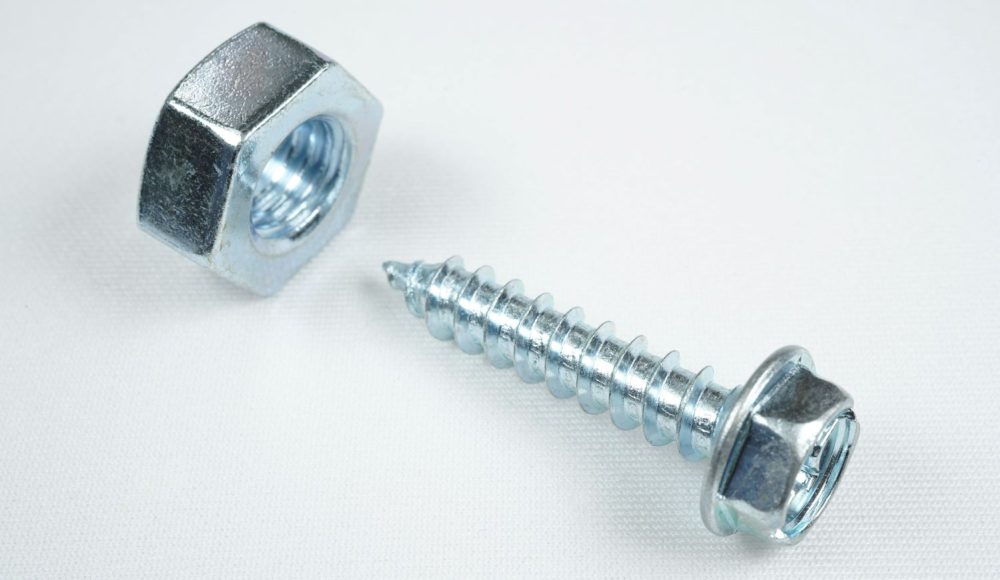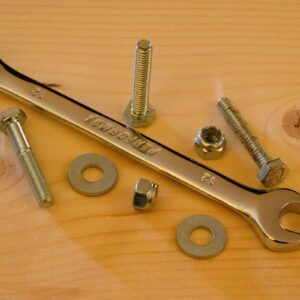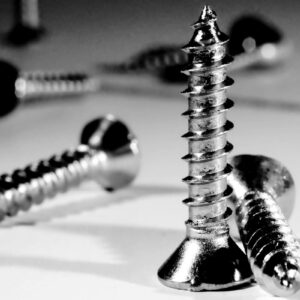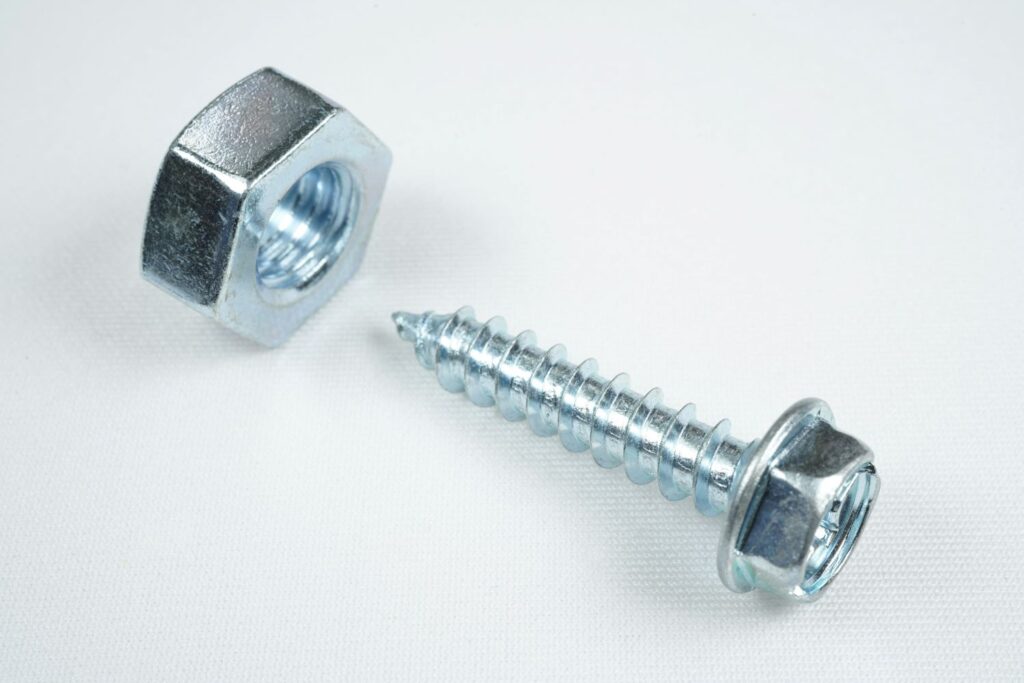
In modern industrial assemblies, self-locking flange bolts play a critical role in maintaining structural integrity. Torque control is essential to ensure that bolts perform their intended function without failure. Improper torque application can lead to uneven load distribution, resulting in stress concentrations and potential structural damage.
Torque control directly affects the mechanical reliability of assemblies. By applying the correct torque, engineers can maintain the balance between bolt tension and structural load. This is particularly crucial in applications requiring high precision and long-term durability.
Understanding Self-Locking Flange Bolts
Self-locking flange bolts combine a bolt head and an integrated flange that distributes clamping force evenly across the surface. The flange reduces the need for separate washers, simplifies assembly, and minimizes stress concentrations.
The self-locking feature prevents loosening under vibration or thermal expansion. This functionality is critical in machinery, automotive assemblies, and industrial equipment where dynamic loads are common.
Material selection enhances performance. Common choices include stainless steel, alloy steel, and titanium. These materials provide strength, corrosion resistance, and fatigue durability. Surface treatments such as plating or coating further improve wear resistance and longevity.
Torque Application and Control
Applying torque to a bolt is not merely a fastening step; it is an engineering requirement that determines the bolt’s ability to hold and distribute load. For self-locking flange bolts, torque must be precise to avoid over-tightening, which can strip threads or deform the flange. Under-tightening reduces clamping force, causing bolt loosening and uneven load distribution.
Torque control is influenced by several factors:
-
Thread friction: The coefficient of friction affects the torque-to-tension ratio.
-
Flange surface: Smooth and properly treated surfaces ensure consistent torque application.
-
Lubrication: Controlled lubrication reduces variability in torque response.
Advanced torque tools and sensors allow for consistent and repeatable torque application, minimizing human error and improving assembly reliability.
Load Distribution Principles
The flange in the self-locking bolts functions as a load distributor. By spreading the clamping force over a larger area, the bolt reduces stress concentrations in the assembly material. Proper load distribution prevents localized deformation and enhances the structural performance of the assembly.
In multi-bolt assemblies, even load distribution among all bolts is critical. Engineers must consider bolt placement, flange design, and assembly sequence to achieve uniform load transfer. Simulation tools, such as finite element analysis (FEA), help predict load paths and optimize bolt performance under operational conditions.
Structural Safety and Reliability
Structural safety is directly linked to torque accuracy and load distribution. Correctly torqued self-locking flange bolts prevent premature failure, minimize vibration-induced loosening, and maintain dimensional stability.
Applications in automotive engines, industrial machinery, and heavy equipment require bolts that can withstand cyclic loads and high temperatures. The self-locking mechanism ensures that even under dynamic conditions, bolts maintain sufficient clamping force.
High-quality materials and precision manufacturing contribute to reliability. Bolts must meet stringent standards for tensile strength, elongation, and hardness. Proper inspection and quality control during production are essential to guarantee consistent performance.
Design Considerations for Optimal Performance
Several design factors influence the effectiveness of self-locking flange bolts:
-
Flange geometry: Larger flange diameters distribute load over a wider area, reducing local stress.
-
Thread design: Fine threads allow for higher clamping precision, while coarse threads improve assembly speed.
-
Self-locking mechanism: Integrated locking features prevent loosening without additional components.
-
Material choice: Selecting alloys with high yield strength and fatigue resistance ensures long-term durability.
Engineers must balance these factors to achieve optimal torque retention, load distribution, and structural safety. Proper design mitigates risks of bolt failure and maximizes assembly performance.
Best Practices for Installation and Maintenance
Proper installation of self-locking flange bolts is essential for optimal performance. Recommended practices include:
-
Use calibrated torque wrenches to apply precise torque.
-
Verify bolt tension after initial assembly.
-
Inspect flanges and threads for wear or deformation.
-
Replace bolts subjected to extreme stress or fatigue.
Regular maintenance ensures long-term reliability, especially in dynamic or high-load applications.
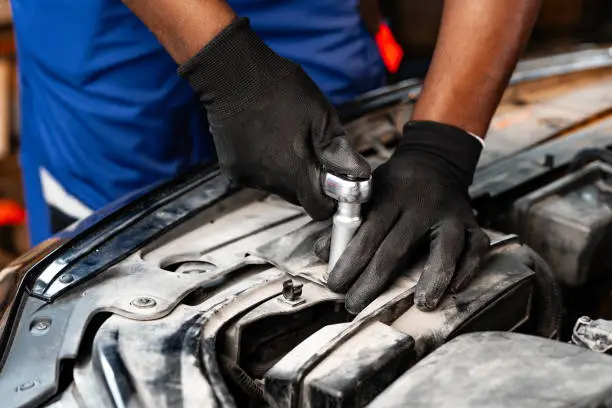
Future Trends in Fastener Technology
The demand for high-performance self-locking flange bolts is expected to increase as industries adopt advanced manufacturing and automation. Trends include:
-
Smart torque tools for real-time tension monitoring.
-
Advanced materials with higher strength-to-weight ratios.
-
Customized bolt designs for specialized applications.
These innovations will enhance assembly efficiency, reduce failure risk, and extend equipment lifespan.
Conclusion
Self-locking flange bolts are essential components in modern industrial assemblies. Their ability to maintain precise torque and distribute load effectively ensures structural safety and long-term reliability.
High-quality materials, precise design, and controlled installation practices are fundamental to maximizing their performance. As industries continue to demand higher precision, self-locking flange bolts will remain critical to achieving durable, safe, and efficient assemblies.
Investing in proper fasteners is not merely a technical decision—it is a strategic step to safeguard equipment, optimize maintenance, and ensure operational success.

